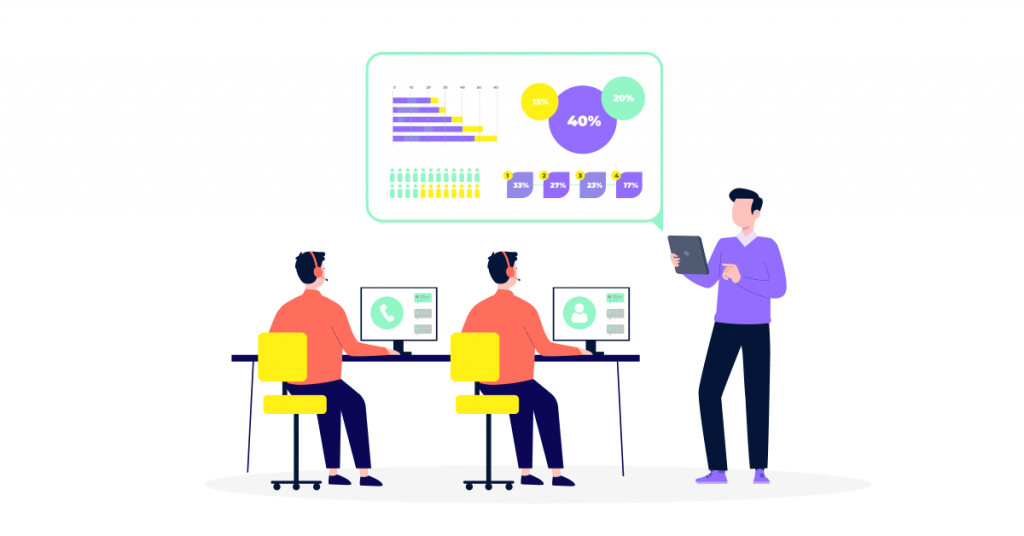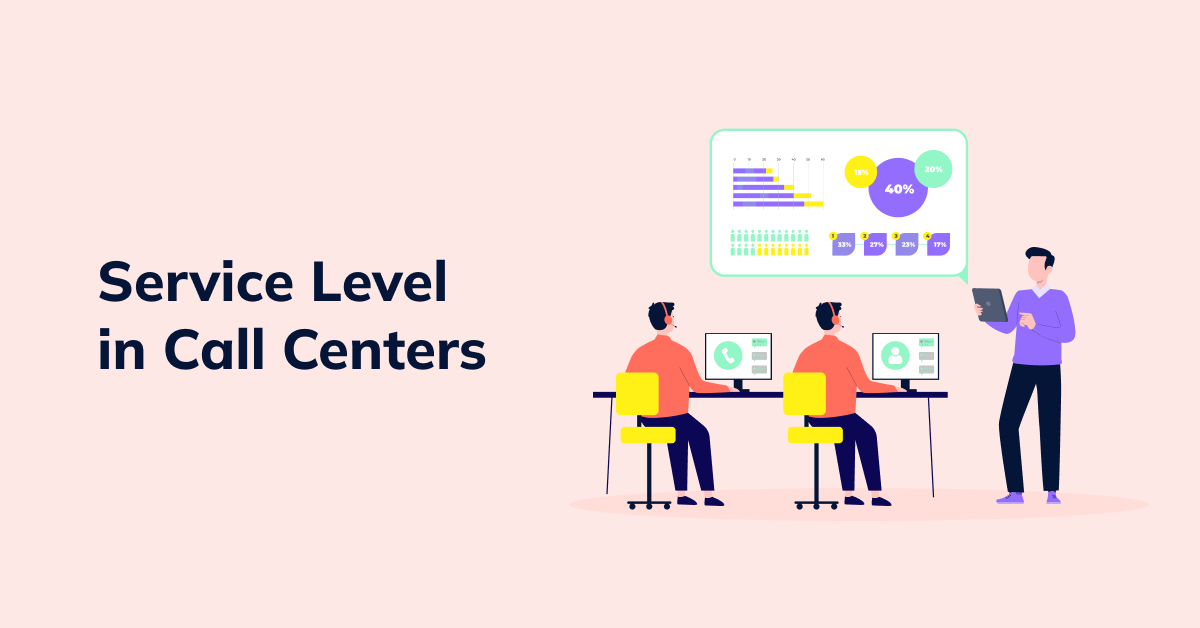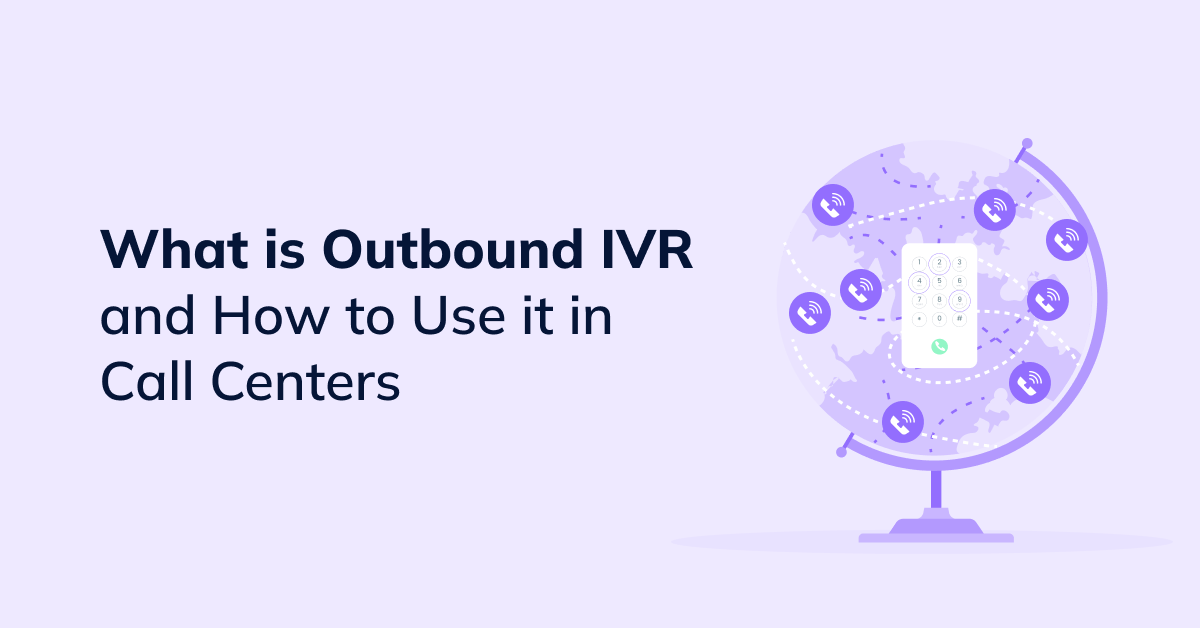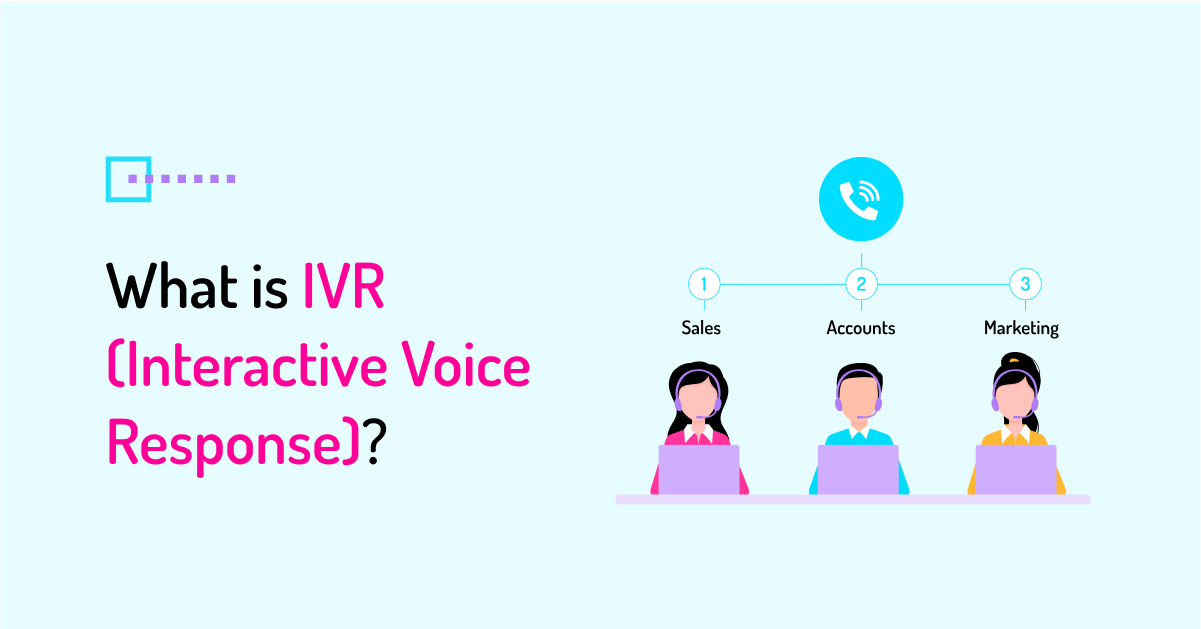Along with other critical metrics and KPIs, Service Level is a cornerstone indicator of your customer service team’s ability to provide timely customer service and support. Ultimately, it shows how responsive your frontline agents are when responding to customer requests. And based on a HubSpot study, 90% of consumers rate an ‘immediate’ response as important or very important when they have a customer service question.
This article outlines everything you need to know about the Service Level in call centers, including how to measure it, challenges in maintaining a good Service Level, and strategies you can implement to improve it.
What is Call Center Service Level?
Service Level is a call center performance metric that measures the percentage of calls answered within a specified time frame, usually expressed as “X% of calls answered within Y seconds”. For example, you might aim at answering 75% of incoming calls within 20 seconds. The Service Level goal call centers set for their teams is typically reflected in the call center’s Service Level Agreement (SLA).
Service Level may be impacted by various factors, including unexpected call volume fluctuations, unpredictable system outages, high agent absenteeism, or call avoidance. It’s important to monitor call center Service Level in real time as it reflects your call center’s performance and enables you to take immediate corrective action when you see a Service Level decrease.
Luckily, the majority of call center solutions allow you to monitor your call center operations in real time so you can instantly spot a drop in your Service Level and take action before it negatively impacts your customer experience and customer satisfaction.
How to Calculate Service Level in a Call Center
The most common service level call center formula is:
Service Level = (Number of calls answered within target time / Total number of calls received) x 100
For example, your Service Level goal is to answer 80% of customer calls within 30 seconds. Suppose your call center received 1000 calls within a given time frame – and your team managed to answer 750 of these calls within 30 seconds. Using the formula above (Service Level = (750/1000) x 100 = 75%), the Service Level in this example is 75%. It means that 75% of your incoming calls were answered within 30 seconds, which is below your Service Level goal.
It’s also worth mentioning that if you’re trying to gauge your actual customer service quality – and not just how quickly customer calls get answered – calculating Service Level isn’t enough. There are many other inbound call center metrics and KPIs to pay close attention to. More specifically, you should also be tracking metrics like:
- Average Speed of Answer (ASA),
- First Call Resolution rate (FCR),
- Average Handle Time (AHT),
- Call Abandonment Rate,
- Customer Satisfaction Score (CSAT),
- and others.
What is a Good Service Level for a Call Center?
Maintaining a high Service Level is the key to meeting your customer expectations and customer satisfaction. But what’s a good Service Level to aim for?
Naturally, customers want and expect you to answer as quickly as possible when they reach out for customer support. Research from Salesforce found that 83% of customers expect to interact with someone immediately when they contact a company. And by aiming to answer more calls within the specified time frame, you can reduce wait times and the number of abandoned calls while also increasing your CSAT scores.
Although Service Level goals may significantly vary across industries and companies, a widely accepted Service Level benchmark for most call centers is to answer 80% of calls within 20 seconds. This 80/20 rule is considered a good balance between operational efficiency and customer satisfaction. However, for industries with fast-paced customer interactions and higher service demands (e.g., healthcare, emergency services, or e-commerce), the 90/10 rule is a more common standard.
Factors Affecting Your Call Center Service Level
- Fluctuating call volumes: Call centers may experience call volume spikes due to seasonality, new product launches, product promotions, or marketing campaigns. Call volumes may also significantly vary throughout the day. It makes it hard to predict and plan staffing needs accurately and may negatively impact call center Service Levels.
- Unexpected events: Unpredictable events are one of the most common challenges for call centers in maintaining their Service Level commitments. These could be technical issues, power outages, natural disasters, or other events that immediately disrupt your call center operations, lead to an increased number of customer inquiries, and decrease your Service Level.
- Resource allocation and schedule adherence: Allocating the right number of call center agents at any given period throughout the day is a constant challenge in call centers. Understaffing, especially during peak hours, and poor schedule adherence may lead to longer handle times and affect your Service Levels. Additionally, call centers are known for typically high turnover rates. When turnover happens, that leads to inconsistency in service delivery and impacts your Service Levels.
- Burnout and call avoidance: Given the stressful nature of the job (dealing with an overwhelming number of customer requests and frustrated customers while also having to maintain strict performance targets), burnout and call avoidance are widespread issues in the contact center industry. When your reps experience burnout and avoid taking customer calls deliberately, your Service Levels inevitably drop.
How to Improve and Maintain a High Service Level

Educate the entire team about the Service Level
The first essential step to take to improve the Service Level within your call center is to educate the entire team about it. Ensure that your agents clearly understand what the Service Level is, why it’s important, and how their actions can impact it. More specifically, train your call center team about:
- What Service Level is;
- How Service Level is measured in your call center;
- What your Service Level objectives are;
- How Service Level affects customer experience and customer satisfaction;
- What happens when the team fails to meet their SL objectives (e.g., additional training will be required);
- What happens when the team meets or exceeds their SL objectives (e.g., they get bonuses, incentives, public recognition, etc.).
Monitor SL and make adjustments in real time
One of the ways to maintain a high Service Level in your call center is to monitor it in real time and make timely adjustments when needed. As we’ve already mentioned earlier, most call center software solutions offer call center analytics and monitoring features that allow you to track your call center activities and key metrics in real time through live dashboards.
Some solutions will also allow you to set up alerts so that when your Service Levels drop below acceptable thresholds – you’ll be notified immediately and can make real-time adjustments. For example, you can reallocate agents from email support or other channels to phone support or route a portion of your inbound calls to an outsourcing partner (if you have one).
Improve your forecast accuracy
Accurate forecasting can help you plan and allocate resources accordingly, ensuring that you always have the right number of reps to handle call volumes effectively and maintain your Service Levels. Leverage advanced reporting and workforce management features of your inbound call center software to collect and analyze historical call data, identify any patterns and trends, and forecast call volumes more accurately. Take into account holidays, seasonal events, or promotions that can affect your call volumes and adjust your staffing and scheduling to avoid Service Level drops during call volume spikes.
Optimize your call routing and IVR
Efficient call routing and well-designed IVR (Interactive Voice Response) menus help ensure that your customers are always routed to the most appropriate agents who are best qualified to resolve their issues quickly and efficiently. For example, with skill-based routing, customers are connected to the reps who have the most relevant skills and expertise to handle certain types of issues. It can help you improve First Call Resolution rates, lower Average Handle Times, and reduce the number of call transfers and repeat calls – all ultimately leading to improved Service Level and better CSAT scores.
Implement self-service options
Implementing self-service options, such as AI chatbots, self-service IVRs, or comprehensive FAQs, and enabling your customers to find the information they need or resolve issues on their own can help you improve Service Level as it can reduce your overall inbound call volume. When customers have instant access to self-service options, more issues get resolved independently – while your support team will get fewer inbound calls to handle, reducing wait times for callers. In fact, according to the stats published by Outgrow, 74% of customers would choose a chatbot over a human support rep to look for answers to simple questions.
Reduce your employee turnover rate
High employee turnover has always been an issue in the call center industry. And though the industry standard for call center agent turnover is about 30-40%, research by SQM Group revealed that some call centers have agent turnover as high as 200%. When turnover happens, you are bringing in new agents, who will generally have longer handle times and worse First Call Resolution (FCR) rates – until they become competent enough. That inevitably impacts your Service Level and overall quality of customer support.
Here are some of the ways to reduce agent turnover:
- Offer adequate compensation with a benefits package;
- Provide rewards and meaningful incentives based on performance;
- Ensure a better work-life balance by offering flexible work models (hybrid/ remote);
- Foster a positive, supportive, and collaborative workplace environment;
- Implement strategies to reduce call avoidance, absenteeism, and burnout;
- Consistently monitor workload, stress level, engagement, and job satisfaction;
- Provide ongoing training and coaching to improve agent skills and competence;
- Regularly gather feedback through employee surveys and 1:1s;
- Train supervisors in effective management, leadership, and conflict resolution;
- Offer professional development and career growth opportunities;
- Learn from exit interviews and implement improvements based on this feedback.
Book a demo call now with one of our sales reps and find out how VoiceSpin AI-first call center software solutions can help you handle inbound calls quickly and efficiently while enabling you to maintain consistently high Service Levels and customer satisfaction.





 +18889082995
+18889082995
 +442036084160
+442036084160
 +97237237006
+97237237006